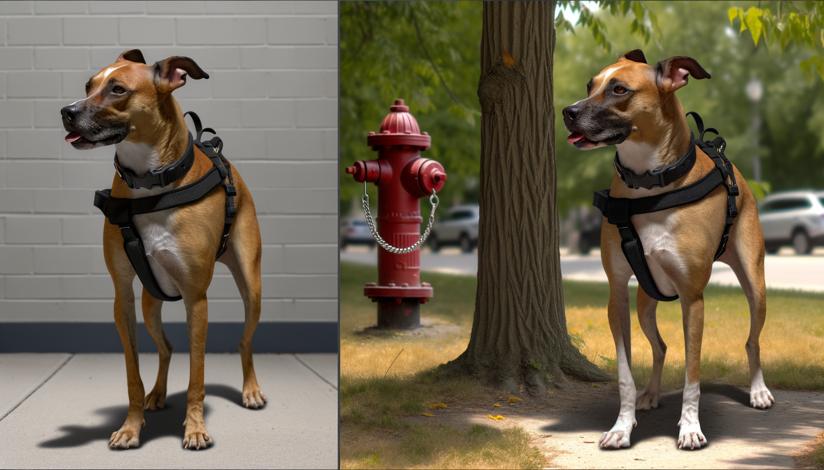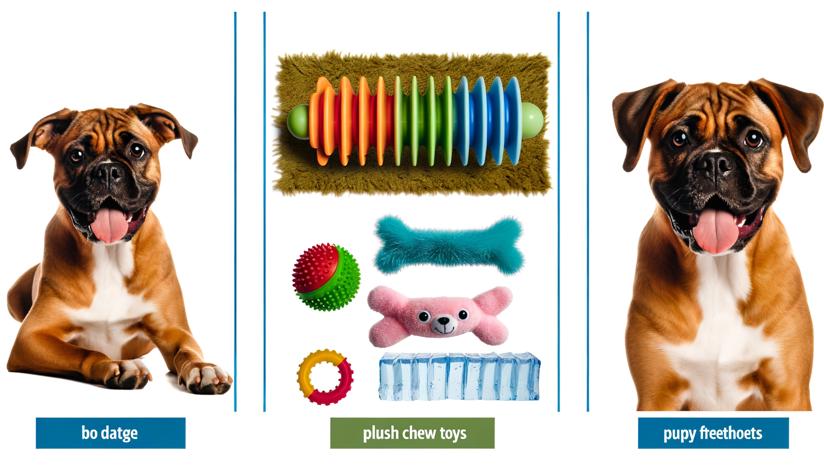

A dog harness is a type of walking equipment that fits around the chest and shoulders of a dog, distributing the pressure evenly across their body. One of the main benefits of using a harness is that it reduces strain on your dog's neck and throat, particularly for dogs that tend to pull or lunge while on a leash. By shifting the pressure to the body, a harness helps to prevent choking and can be more comfortable for your dog during walks.
Another advantage of using a dog harness is that it gives you more control over your dog's movements. Unlike a collar, which can easily slip off if a dog pulls hard enough, a harness stays securely in place. This is especially beneficial for dogs that are strong or have a tendency to escape. With a harness, you can have better control and prevent your dog from slipping out of their walking gear.
A dog harness also provides additional support for dogs with certain health conditions. For example, if your dog has a respiratory condition or a neck injury, a harness can be a safer and more comfortable option for walks. Similarly, some dog breeds are prone to developing tracheal collapse or collapsing trachea, and using a harness can help alleviate pressure on the throat and reduce the risk of further complications.
On the other hand, a dog collar has its own set of benefits. Collars are generally easier to put on and take off compared to harnesses, making them more convenient for quick walks or when you need to attach a leash in a hurry. They are also lighter and less restrictive, allowing your dog to have a greater range of motion while walking.
For some dogs, particularly those that are well trained and walk calmly on a leash, a collar can be a suitable option. It provides a simple and straightforward way to attach a leash and control your dog's movements without the added bulk of a harness. Additionally, many dog owners prefer the traditional look and feel of a collar, and they can be customized with tags and other accessories.
In conclusion, both a dog harness and collar have their own advantages and disadvantages when it comes to walking your dog. A harness provides better control, reduces strain on the neck, and can be more comfortable, especially for dogs that tend to pull. On the other hand, a collar is lighter, easier to put on, and can be a suitable choice for well-behaved dogs. Ultimately, the best option for walking your dog depends on their individual needs, behavior, and any specific health conditions they may have.
Here are some tips to help you choose the right walking equipment for your dog:
- Consider your dog's size, breed, and behavior. For example, small dogs or those with respiratory issues may benefit from a harness, while calm and well-trained dogs may be fine with a collar.
- Test different options. Try out both a harness and collar to see which one your dog prefers and feels most comfortable in. Pay attention to how they walk and whether they pull or resist.
- Consult with your veterinarian. If your dog has any health conditions or specific needs, your veterinarian can provide guidance on the best walking equipment to use.
By considering these factors and evaluating your dog's individual needs, you can choose the most suitable walking equipment to ensure safe and enjoyable walks with your canine companion.

Comfortable for dogs that pull
Better control and security
Reduces strain on the neck

Bulkier than a collar
Can be more restrictive for some dogs
Not as easy to put on




















-
https://www.akc.org/expert-advice/training/leash-training/pulling-on-the-leash/
-
https://www.vet.cornell.edu/departments-centers-and-institutes/cornell-university-hospital-animals/animal-health-information/canine-tracheal-collapse/
-
https://www.akc.org/expert-advice/training/trachea-collapse-in-dogs/






































